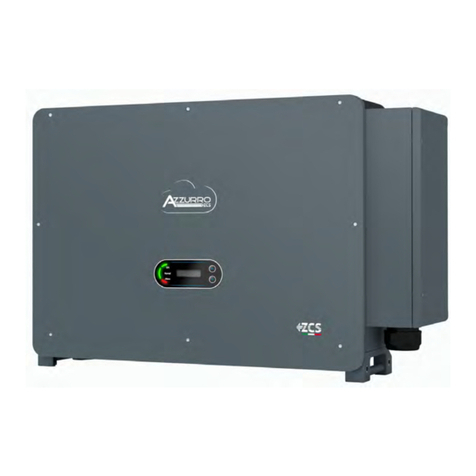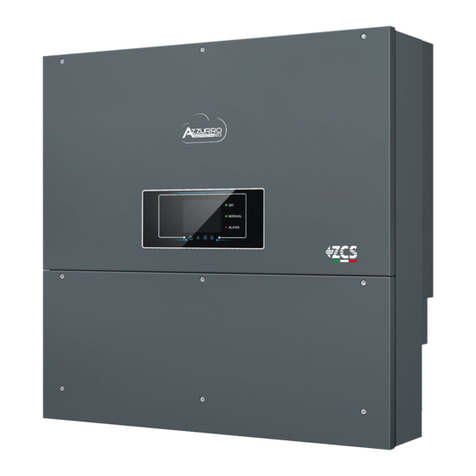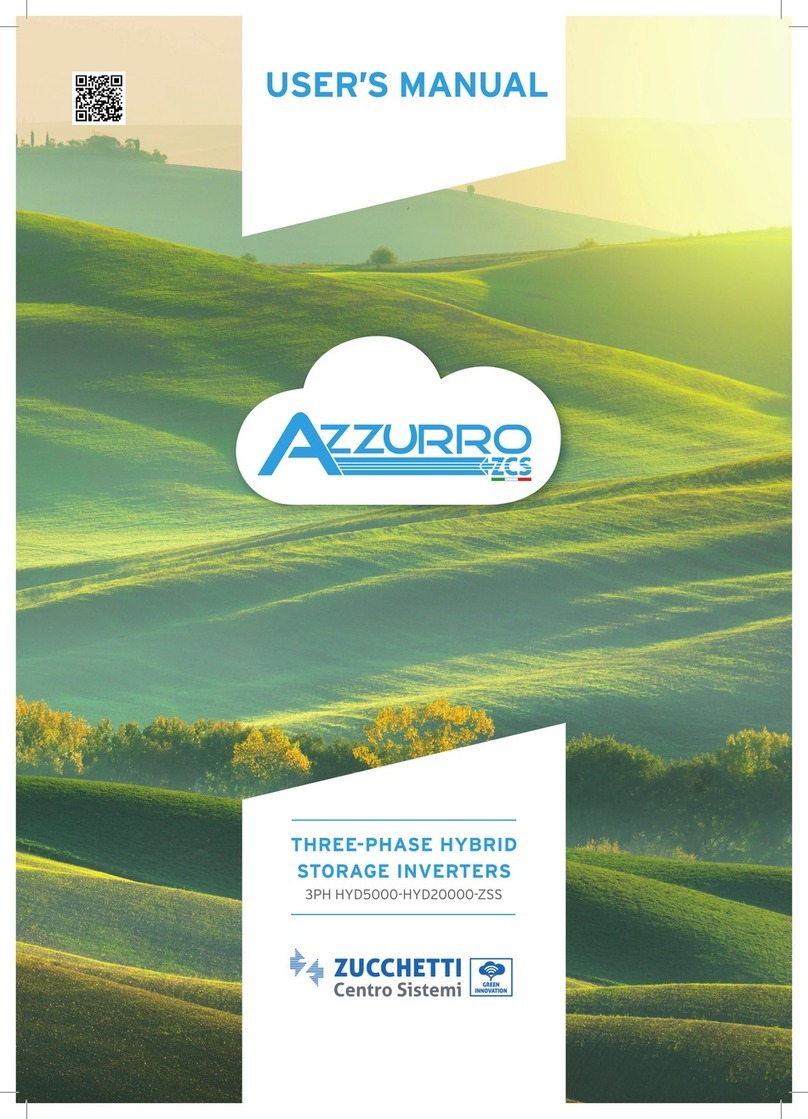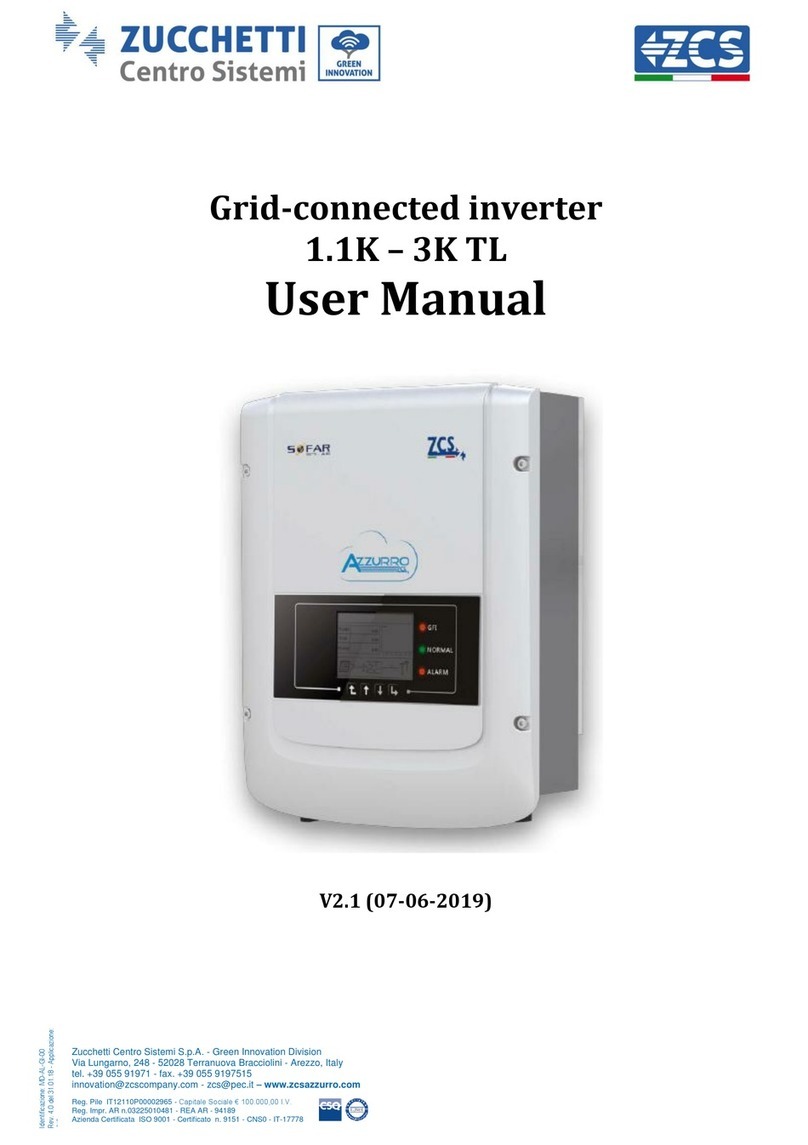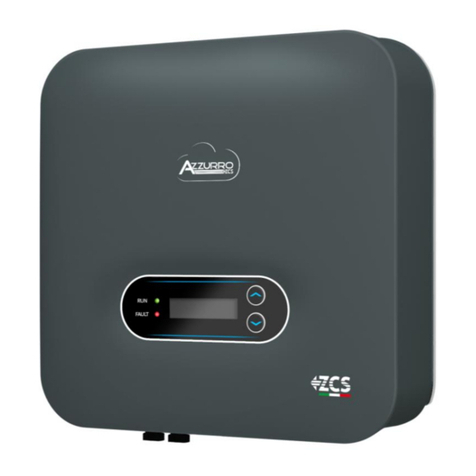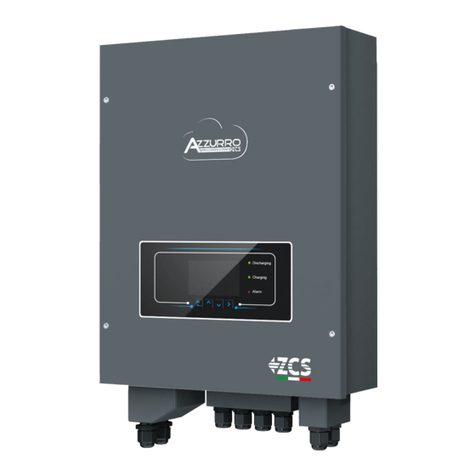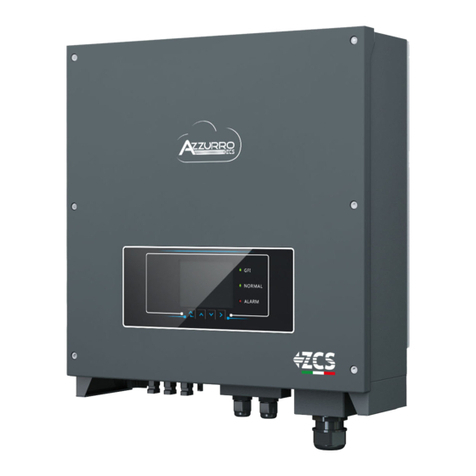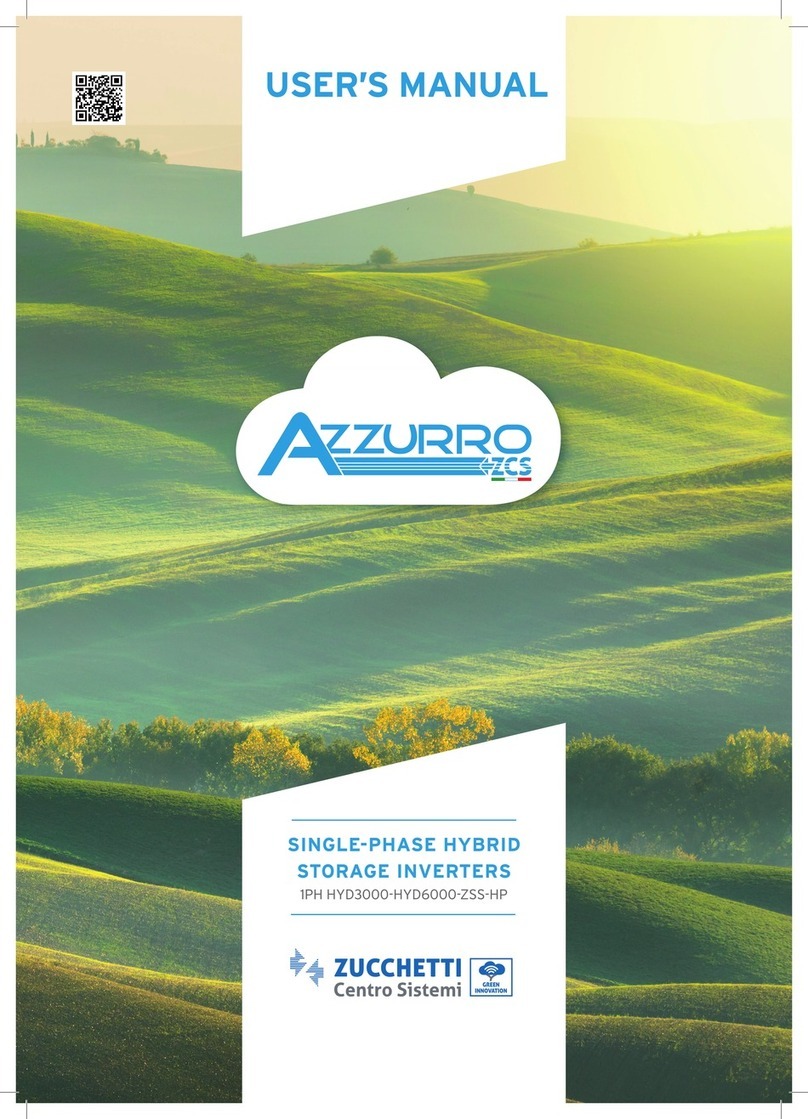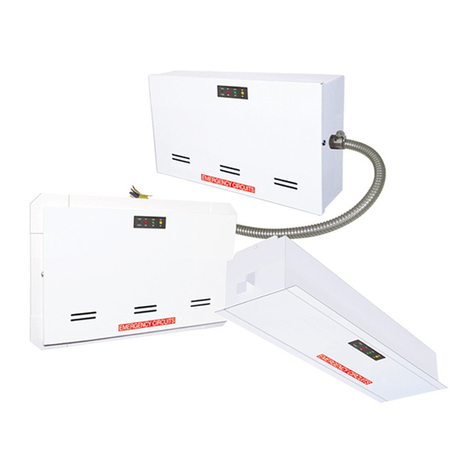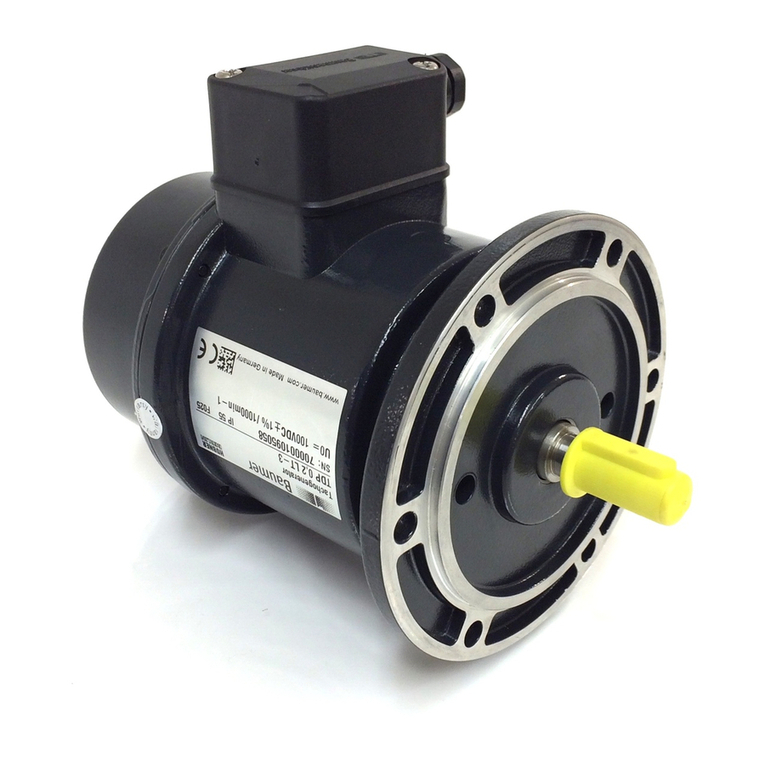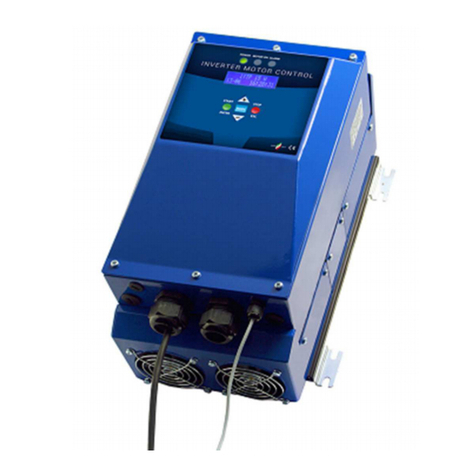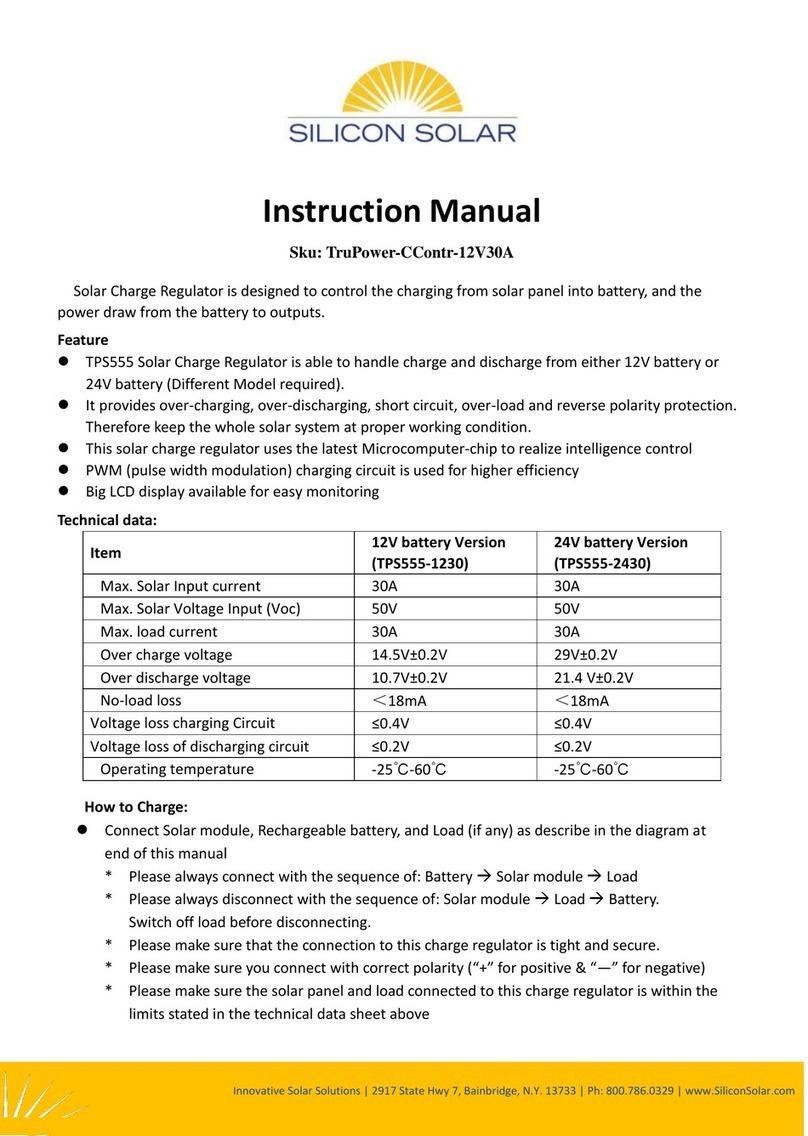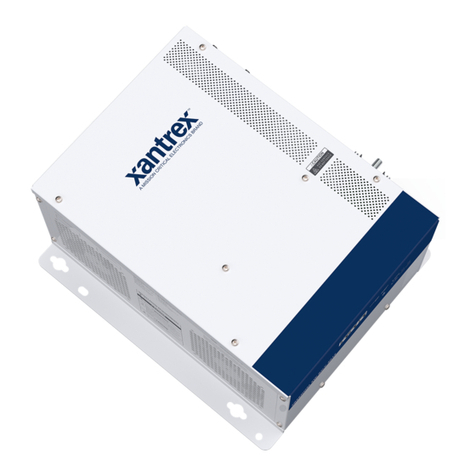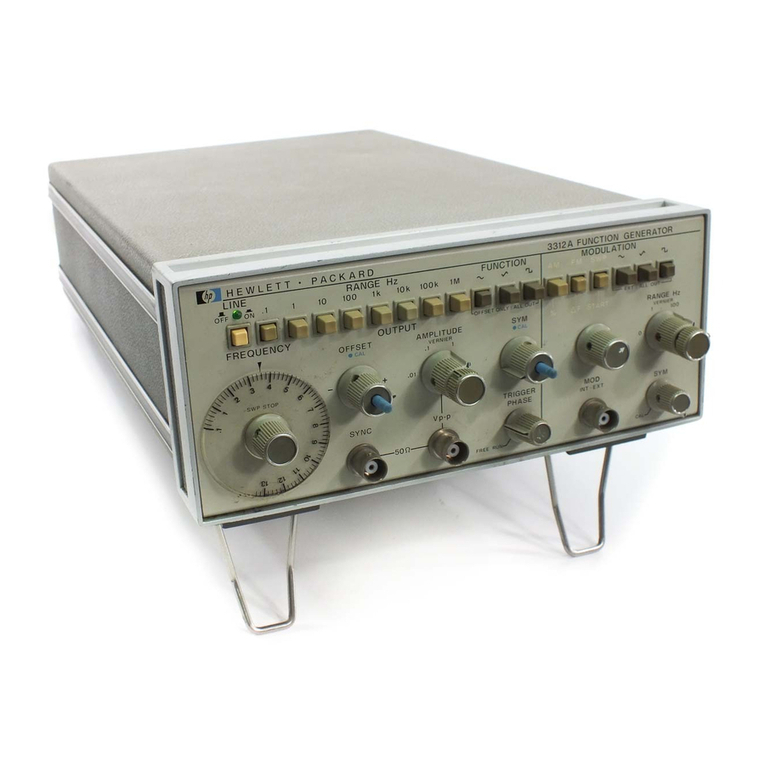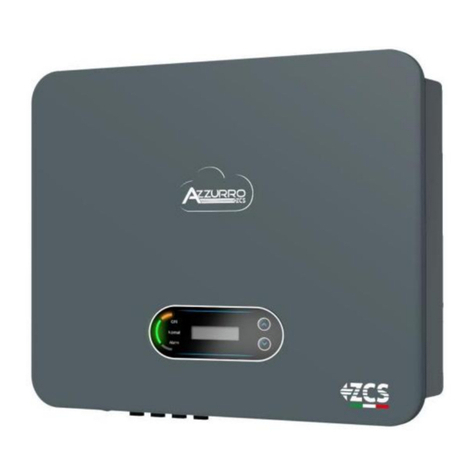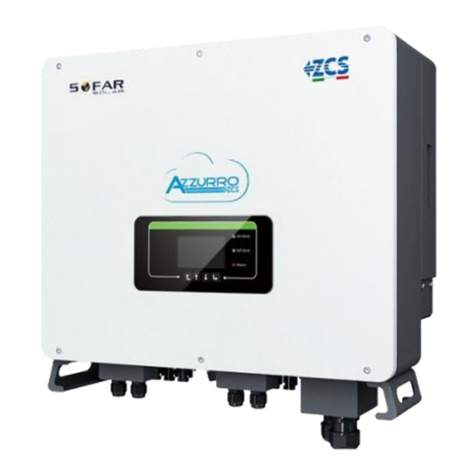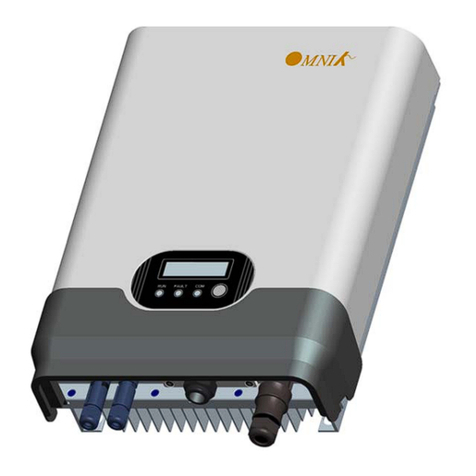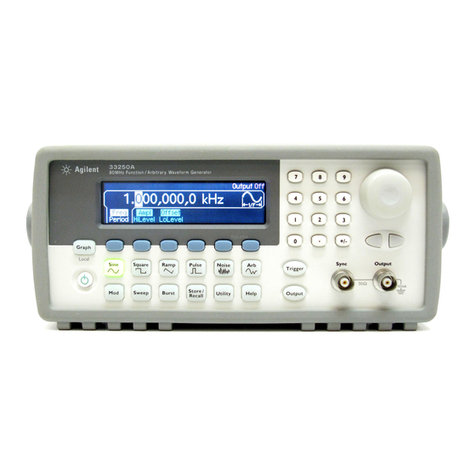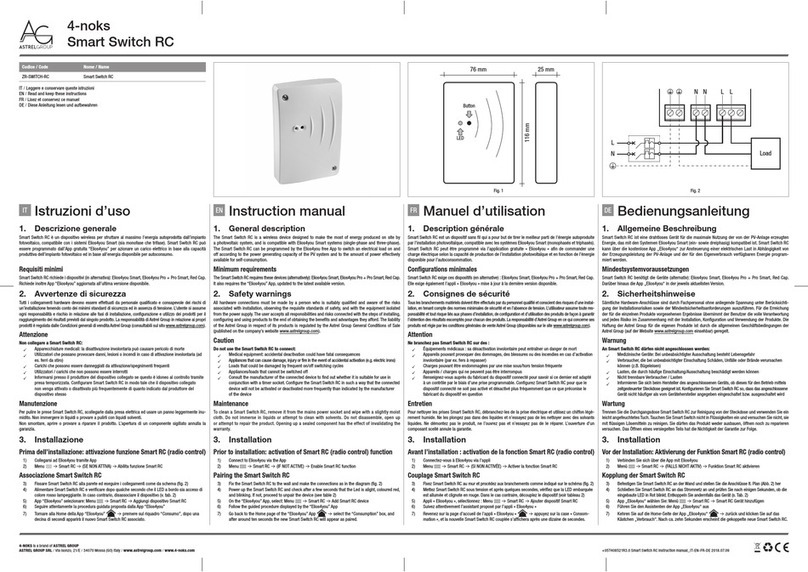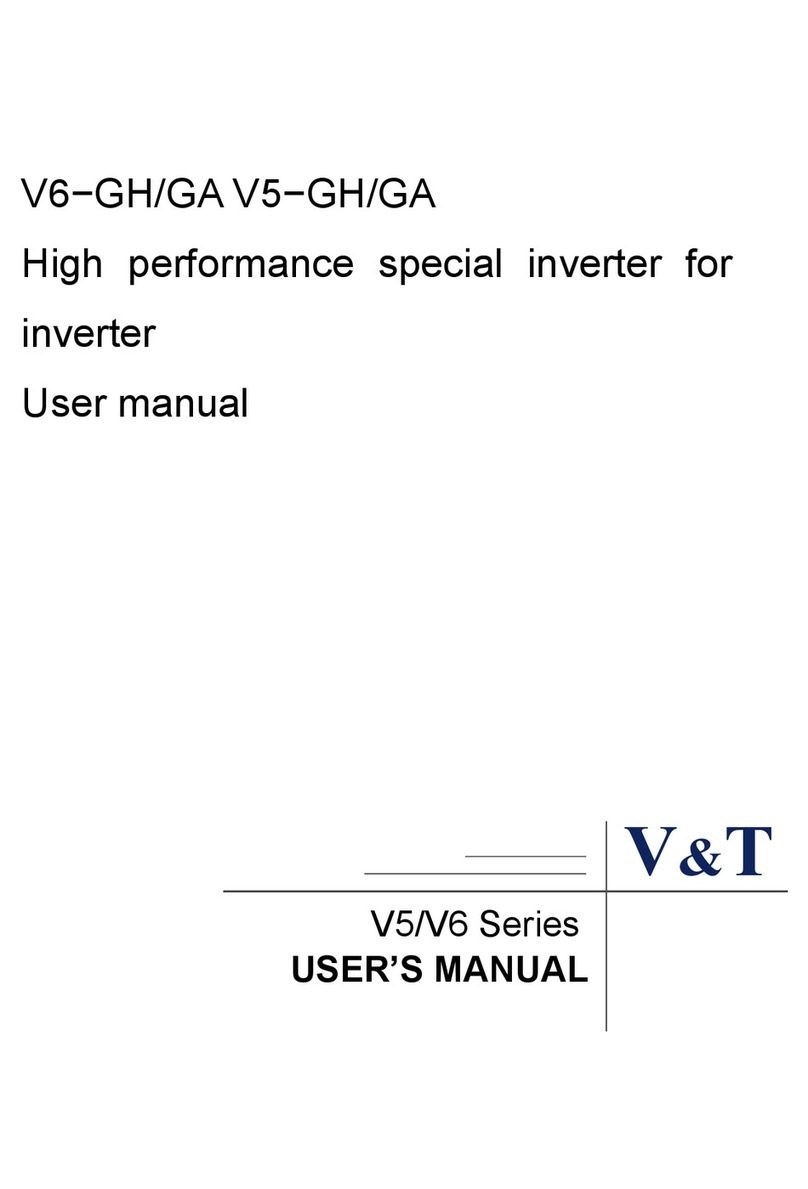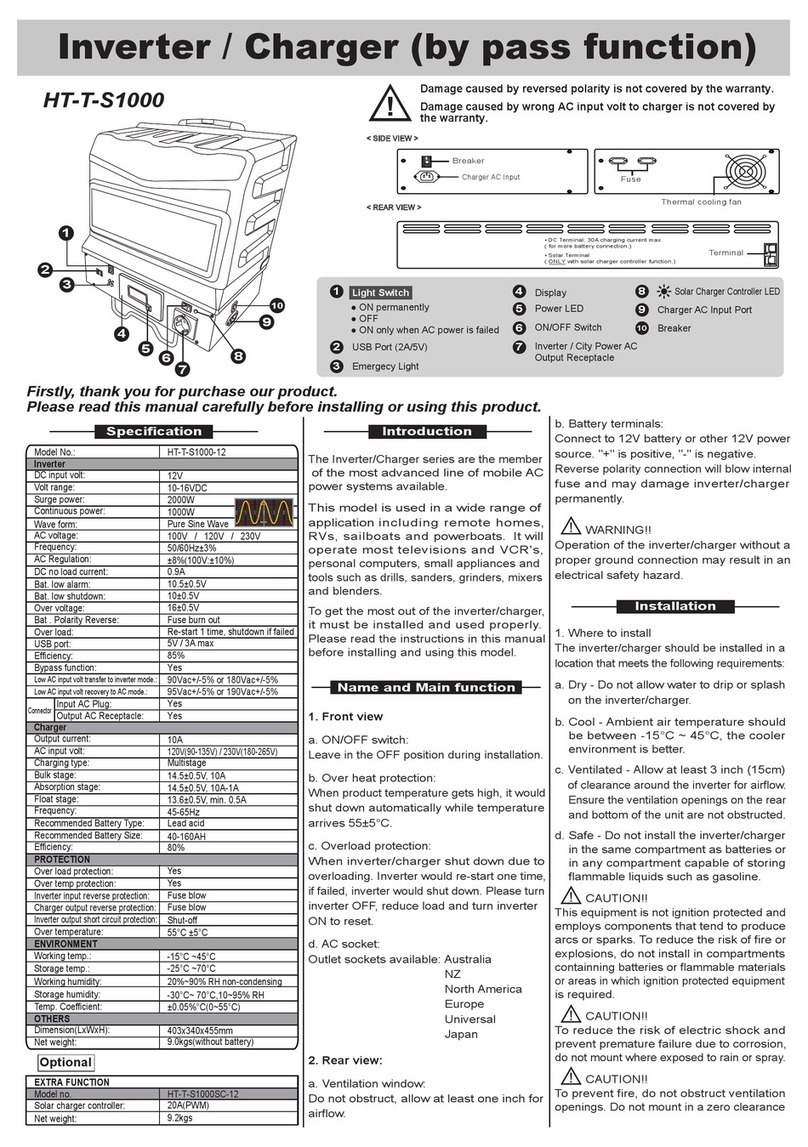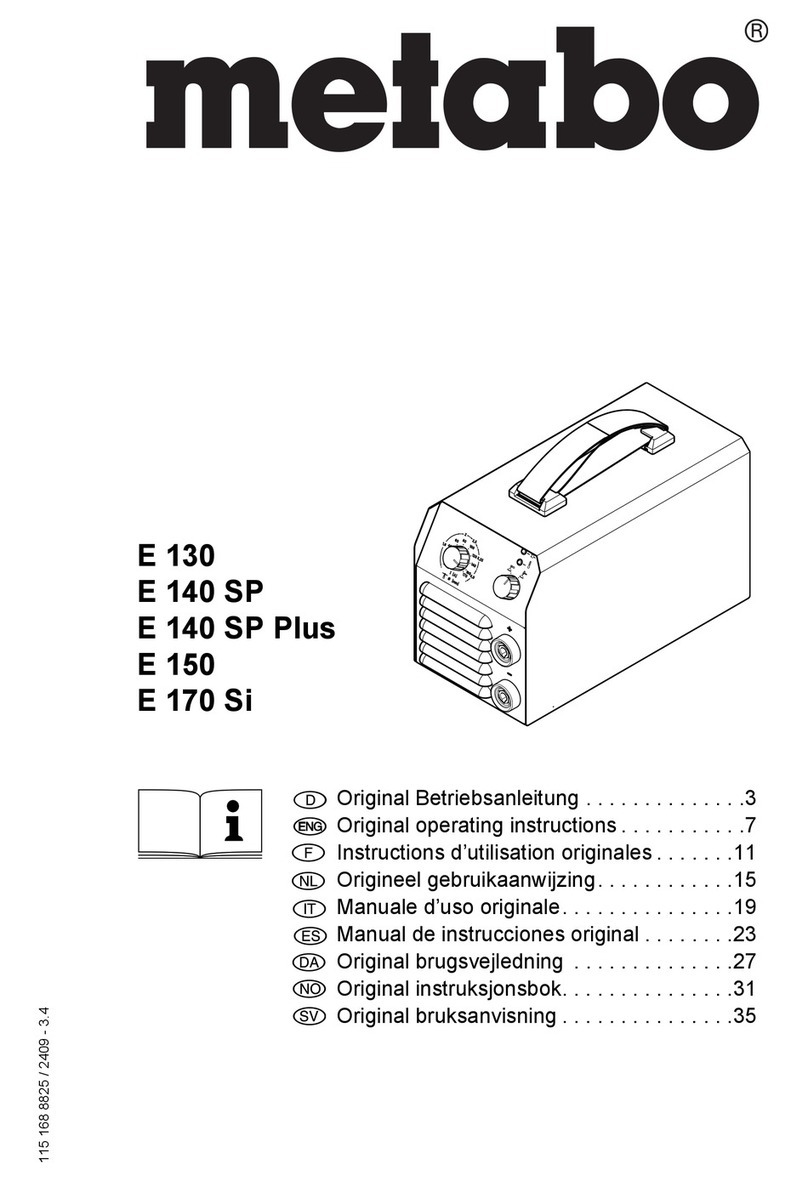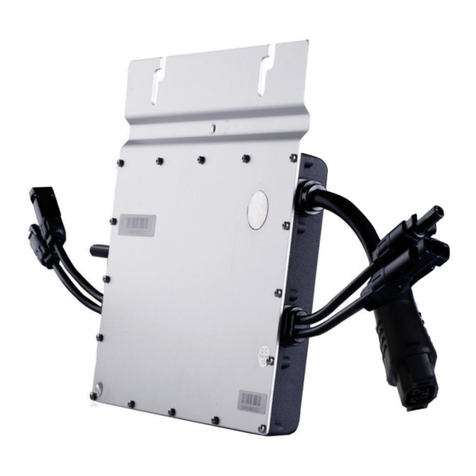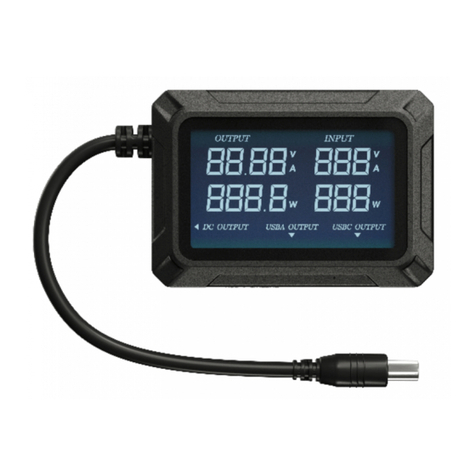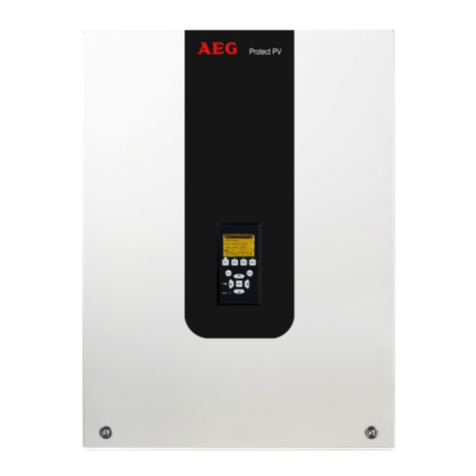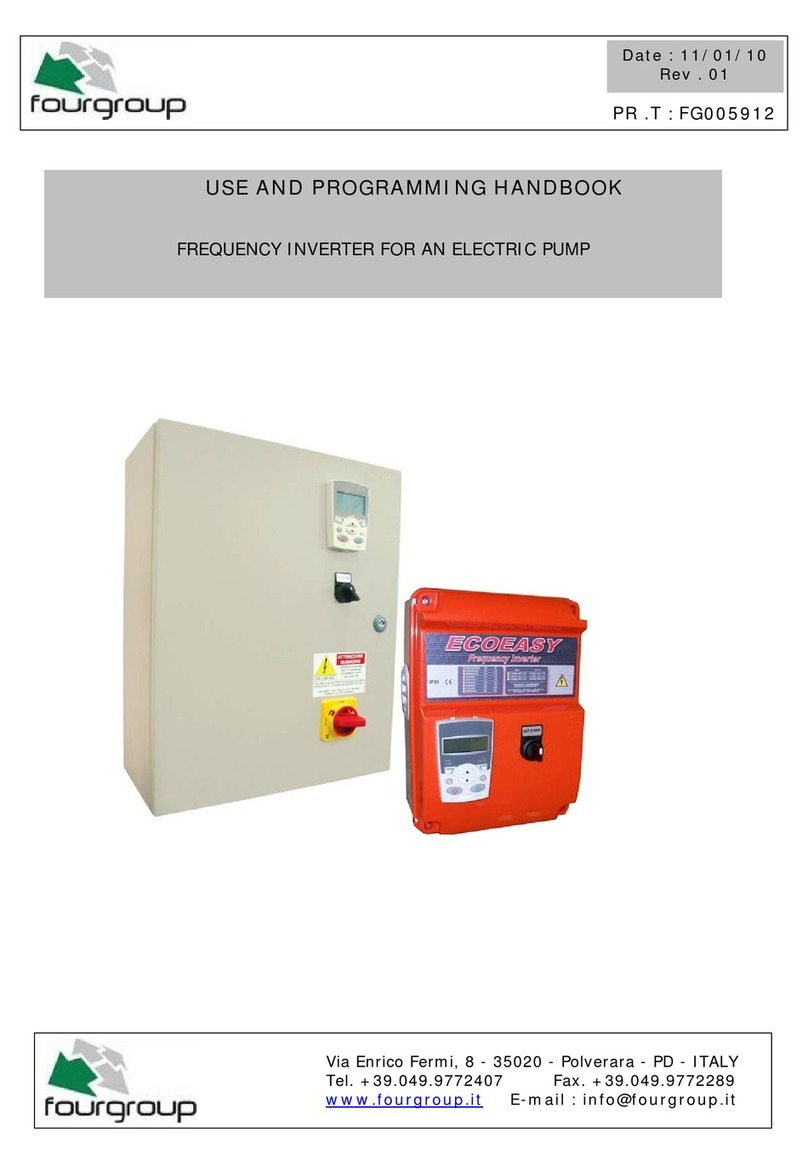
6 / 80
Identificazione: MD-AL-GI-00
Rev. 4.0 del 31.01.18 - Applicazione: GID
Manual of 07/06/2019 Rev. 1.1“User Manual for 50K-70K TL”
1. Preliminary safety instructions
If you have problems or questions regarding the reading and
understanding of the following information, please contact
Zucchetti Centro Sistemi S.p.A. through the appropriate
channels.
General information in this chapter
Safety instructions
It mainly highlights the safety instructions to be followed during installation and use of the equipment.
Symbols and icons
Introduces the main safety symbols on the inverter.
1.1. Safety instructions
Before installing and using the equipment, make sure you read and understand the instructions in this
manual and familiarise yourself with the relative safety symbols shown in this chapter.
Depending on national and local requirements, permission must be obtained from your local provider before
connecting to the electrical grid, making sure that the connections are carried out by a qualified electrician.
Contact the nearest authorised service centre for any repairs or maintenance. Contact your distributor for
information on the nearest authorised service centre. DO NOT carry out repairs yourself, as this may result
in injury or damage.
Before installing and operating the equipment, the electrical circuit of the strings must be disconnected by
opening the string circuit breaker to interrupt the high-voltage DC of the photovoltaic system. Failure to do
so could result in serious injury.
Qualified personnel
Ensure that the operator has the necessary qualifications and training to operate the equipment. Personnel
responsible for the use and maintenance of the equipment must be qualified and capable of performing the
activities described, and must also have appropriate knowledge on how to correctly interpret the contents of
this manual. For safety reasons, this inverter can only be installed by a qualified electrician with the
necessary training and/or skills and knowledge. Zucchetti Centro Sistemi S.p.A. declines all responsibility for
damage to property or personal injury caused by incorrect use of the device.
Installation requirements
Install and start the inverter according to the following instructions. Place the inverter on a suitable load-
bearing support with sufficient load capacity (such as walls or photovoltaic racks) and make sure that the
inverter is positioned vertically. Choose a suitable location for the installation of the electrical equipment.
Make sure there is sufficient space for heat dispersion and to accommodate future maintenance. Maintain
adequate ventilation and ensure that there is enough air circulation for cooling.
